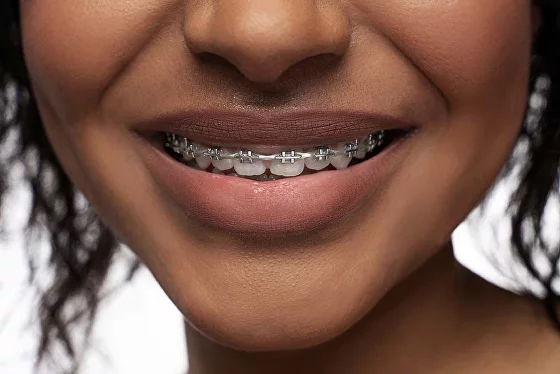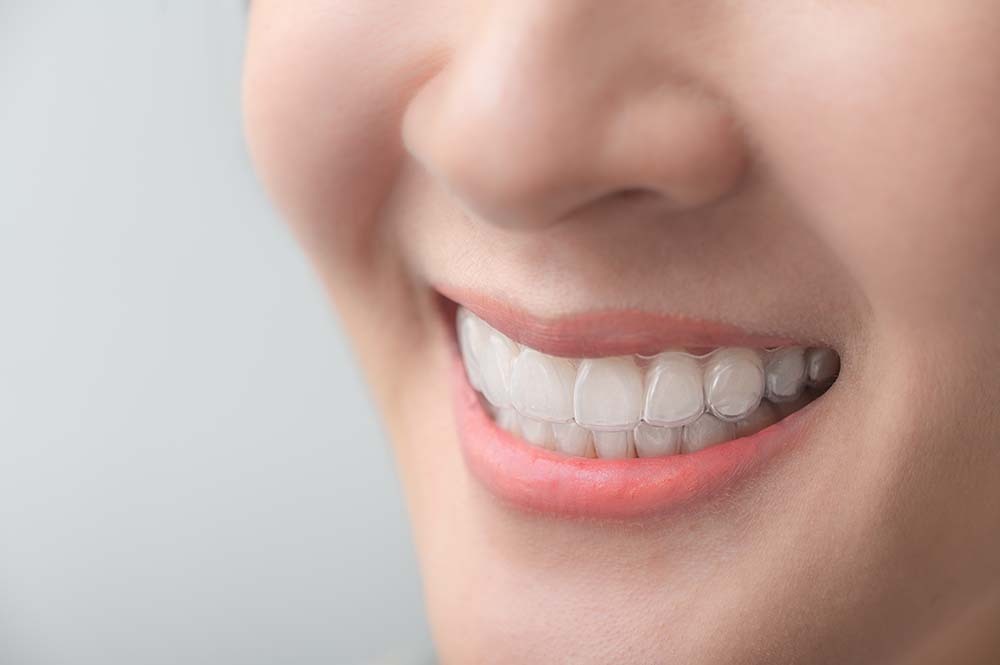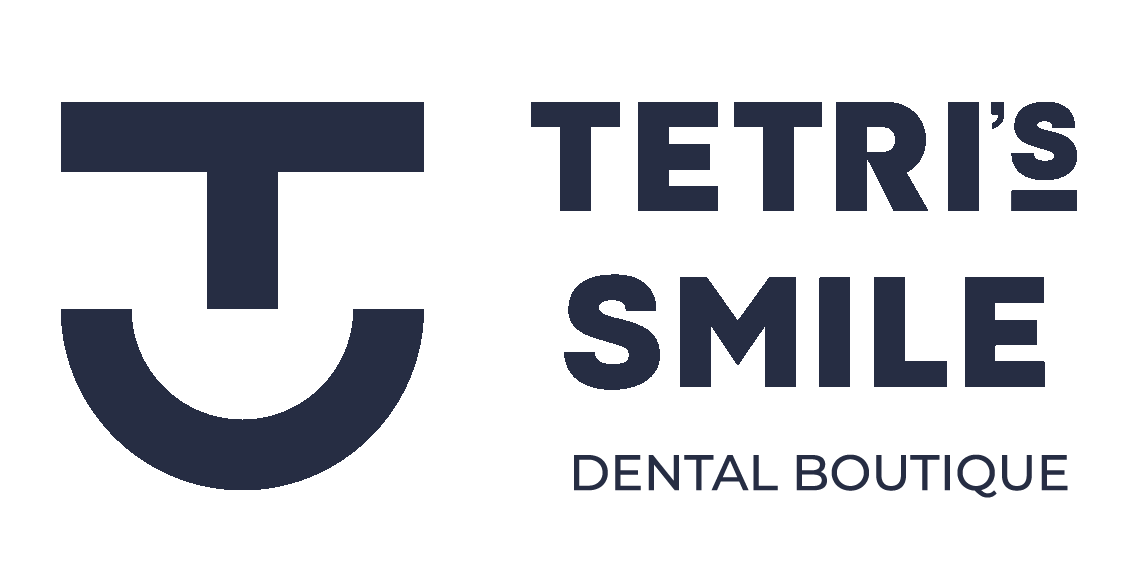Orthodontic treatment
Dr. Tetri Clinic provides orthodontic treatment with braces or aligners, diagnosis according to the standards of gneuromuscular dentistry, and correction of various bite pathologies in adults and children.
Indications for orthodontic treatment
Orthodontic treatment – price
Braces
Braces – non-removable orthodontic structures consist of a metal arch – which creates pressure on the teeth, moving them into position. It also consists of plates which provide pressure.
This depends on:
- Plate material: metal, ceramic, sapphire.
- Placement method: ligature (braces are fixed on the arch with elastic bands), self-ligating (the arch is installed in special locks).
- Fixation area: lingual (on the exterior of the teeth), vestibular (on the interior).

Some experience psychological discomfort.
Can rub the mucosa and affect diction in the period of adaptation; there are restrictions in the diet.
Braces are a time-tested tool for correcting improper bites.
Even complex problems with pathological occlusion of the teeth that are beyond the capabilities of aligners, can be solved with braces.
Aligners
Aligners are removable transparent mouth guards that fit tightly over the surface of the teeth. A set of mouthguards is made for a course of orthodontic treatment. Every 14 days, the patient puts on a new guard to move the teeth consistently.

Teeth move into the correct position, and aligners are invisible to others (this cannot be said about braces).
Being able to remove the aligners before a meal or an important meeting facilitates the long process of orthodontic treatment.
Aligners can correct the position of individual teeth or the entire row.
It is possible to visualize the result in a computer program before treatment begins.
Aligners are so-called easy orthodontics; they only help in simple clinical cases.
In some cases, braces work faster.
They must be removed regularly before eating and brushing your teeth. If you forget to wear them, the treatment plan is disrupted/prolonged.
Diagnosis
It is important to find out how the lower jaw moves as well as the condition of the facial muscles and the temporomandibular joint when examining a patient with a malocclusion. This is the only way for the patient to get not just straight teeth but the correct functioning of the masticatory muscles and perfect occlusion after treatment.
We perform computer tomography for a detailed study of the structure of the patient’s dentoalveolar system and the location of the roots.
We scan the movement of the mandible in three planes. We calculate the central occlusion to a fraction of a millimeter – the place of physiologically correct jaw clamping with uniform tension of facial muscles.
We monitor the activity of the masticatory and temporal muscles in the online mode and identify the presence / absence of deviations of their position from the central occlusion.
Stages of orthodontic treatment
Retainers – thin metal wires that prevent the teeth from returning to their former position – must be placed for at least 3 years at the end of orthodontic treatment.
Perfect bite at Tetri’s Smile
It is impossible to restore the correct bite, the correct closure of the upper and lower jaws, and the even distribution of the chewing load without knowledge of gneuromuscular dentistry.
Tetri’s Smile is one of several clinics in Florida that practice neuromuscular dentistry. Dr. Tetri is a student of Dr. Clayton A. Chan, founder of Occlusion Connections – a Center for Gneuromuscular and Orthopedic Advancement.
FAQ
During the first few days, the patient may experience discomfort and moderate pain due to the pressure of the braces on the teeth. Adaptation takes 5-7 days and the teeth gradually begin to move in the right direction.
Yes, as long as the crown or bridge is supported by your natural teeth. The orthopedic structure is removed, orthodontic treatment is performed, and then a new crown or bridge is placed.
The answer is “no” if you have an implant. It cannot be moved; it fuses tightly with the bone. It will interfere with the adjacent teeth.

